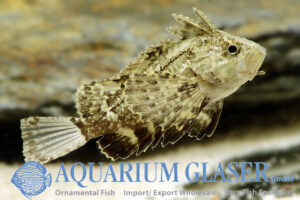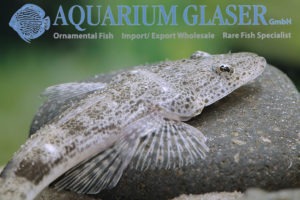The order of scorpionfishes is as well famous as famed. Without scorpionfishes a real bouillabaisse is unthinkable, without lionfishes public aquaria and marine hobbyists would miss a wonderful attraction, but all members of this order have venomous spines and can inflict very painful – in case of the stonefishes even eventually deadly – stings. Scorpionfishes […]
23. Scorpionfishes and Flatheads (2)
-
-
Platycephalus indicus
If anything, marine aquarists are familiar with the flatheads of the genus Platycephalus. There are 17 species, P. indicus, which can be easily recognized by its black and white stalked caudal fin, is the best known and most common species. It is found in large parts of the Indo-West Pacific and the Red Sea. The […]






